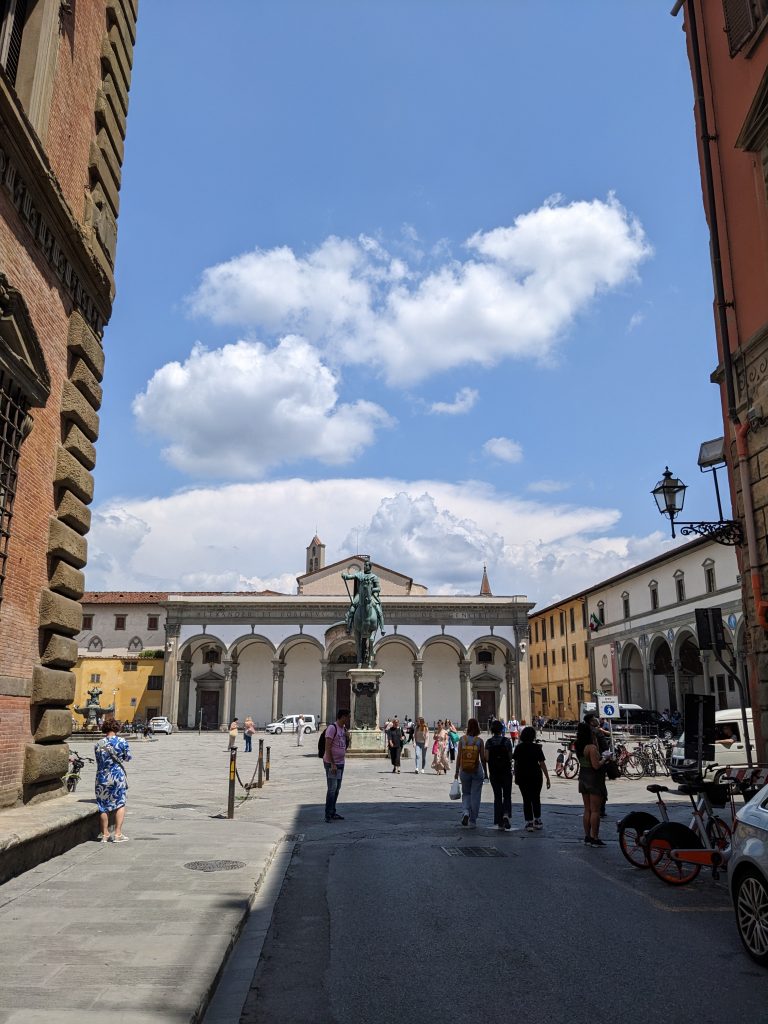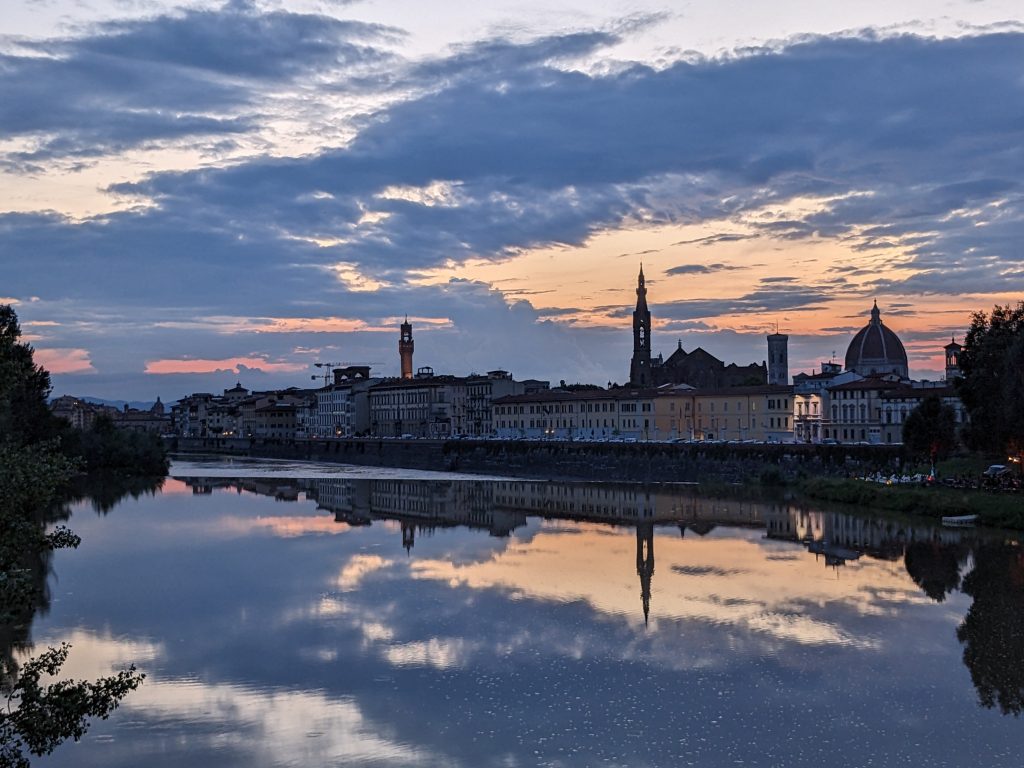We usually think of infrastructures as transportation systems, such as railroads, highways, and data networks. And I do not want to argue that this is a wrong way to look at infrastructure. But, for a moment, try to accept the idea of infrastructure as a place and see how such a way of looking at infrastructure might enhance the way you think about it.
Lewis Mumford – author of ‘The Myth of the Machine’ – has argued that our modern age is overly enamoured with moving things – where ‘moving’ can be thought of both as a verb and as an adjective – to the neglect of what he calls ‘containers’. This has led to overlook the importance of a large group of innovations, for example of amphorae required for making beer and wine and thus preserving nutrients, but also of larger structures such as cities.
In our paper ‘Living Infrastructure’, Robert Johnston and I have explored this idea, drawing on an idealized metaphor of the medieval city square to work out essential aspects of infrastructure. In that paper, we describe infrastructure as the happening of an opening which occurs through the productive opposition of the essential dimensions of city life. In our idealized example, such an opening happens when the realms of citizenship, aristocracy, religion, and commerce – represented through the city hall, the palace, the church, and the market hall – engage in a productive opposition. The opening which results from such opposition, the city square, which is often bounded by these buildings in Northern Italy, characteristically enables a multitude of activities that occur simultaneously, a hallmark of a living infrastructure according to our argument.

Today, I spent about an hour sitting on the stairs of the Piazza della Santissima Annunziata, designed by Bruneleschi, the ingenious builder of Florence cathedral’s dome*. It was lunchtime, so many of those sitting next to me in the cooling shadow of the gallery were enjoying their lunches. However, many other activities occurred on the square as well. During this one hour, I compiled this list of activities:
- Walking across
- Cycling across
- Playing football
- Taking photos
- Meeting
- Explaining (tour guides)
- Eating, lunching
- Feeding pigeons
- Waiting
- Collecting clients (taxi drivers)
- Pushing motorcycles across
- Driving (cars) across
- Observing / watching
- Running / jogging
- Resting
We just came back from an evening walk through the city and the composition of activities has changed a bit, now including walking dogs and sleeping. Against this benchmark, many of our modern infrastructures seem sterile. I believe that, drawing on this metaphor, we might be able to enliven them and thus strengthen their human potential, just what the Renaissance artists have strived for.

* Bruneleschi’s life long quest to build the dome is described by Ross King in his fascinating book ‘Bruneleschi’s Dome’.